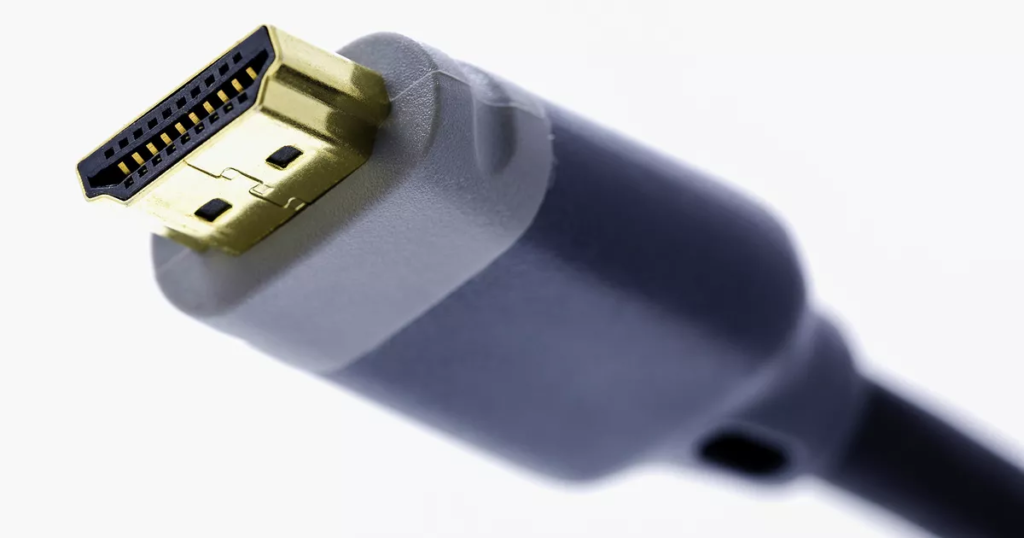HDMI 2.1 Standard Fake Labelling Surfaced

As if the USB chaos wasn’t enough, buyers of electronics with HDMI 2.1 interfaces can no longer trust this once future-proof name. The outdated HDMI 2.0 technology can also adorn itself with the new rating, which misleads users.
At least since the introduction of the next-gen consoles Xbox Series X and PlayStation 5 (PS5), the name HDMI 2.1 has been on everyone’s lips. Among other things, this stands for a high 4K resolution with refresh rates of up to 120 Hz, bandwidths of up to 48 GBit / s, and functions such as the Variable Refresh Rate (VRR) and the Auto Low Latency Mode (ALLM). However, as the colleagues from TFT Central were able to find out from the HDMI Licensing Administrator responsible, the HDMI 2.1 feature can hide outdated HDMI 2.0 technology – and that seems perfectly legitimate.
Buyers could simply be fooled in the future
Xiaomi exhausted the opportunity to advertise a 24.5-inch monitor with 1080p resolution and 240 Hz with “HDMI 2.1” connections, although instead of the contemporary Fixed Rate Link (FRL) only the one from the HDMI 2.0 standard known Transition Minimized Differential Signaling (TMDS) is available. According to the current HDMI 2.1 specifications, FRL is necessary to “achieve the higher uncompressed resolutions such as those above 4k60 as well as the ultra-high-speed bandwidths of up to 48Gbps.”
Faced with this issue, the organization responsible for HDMI licensing confirmed to The Verge that devices will no longer be certified for the HDMI 2.0 standard in the future. Instead, the HDMI 2.1 designation is being softened, whereby the technologies mentioned at the beginning are considered optional. When asked whether this does not lead to confusion among buyers, the answer was given: “We all depend on manufacturers and resellers correctly specifying which functions their devices support.”
In the future, buyers will only find out whether the desired advantages are hidden behind the HDMI 2.1 marking in the detailed technical data of the products or in the small print. In the end, however, a positive example from Asus shows that not all manufacturers rely on the HDMI 2.1 blender. He sells a ROG Swift PG32UQX monitor with 4K resolution, 120 Hz, and VRR, but only specifies the HDMI 2.0 standard, as the screen in this mode only has an 8-bit color depth (HDMI 2.1 = 10 bit) with a 4: 2: 0 chroma subsampling.
All of this is reminiscent of the ongoing chaos surrounding USB names including “Gen” information and speeds between five and 40 Gbit / s, which has not gotten any better with the introduction of the USB4 standard.
Digital marketing enthusiast and industry professional in Digital technologies, Technology News, Mobile phones, software, gadgets with vast experience in the tech industry, I have a keen interest in technology, News breaking.









